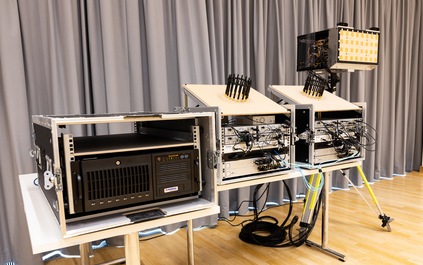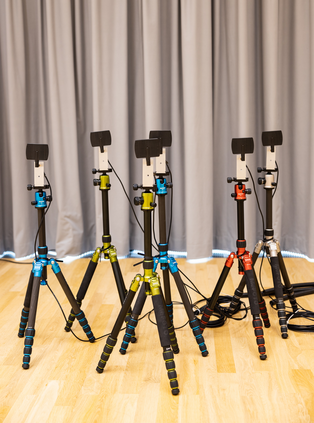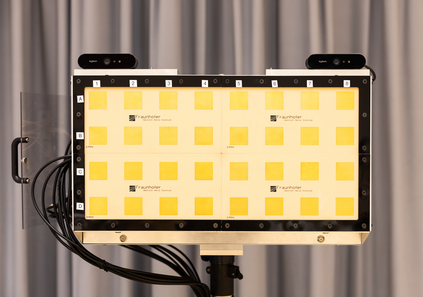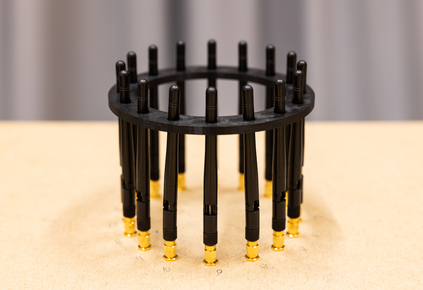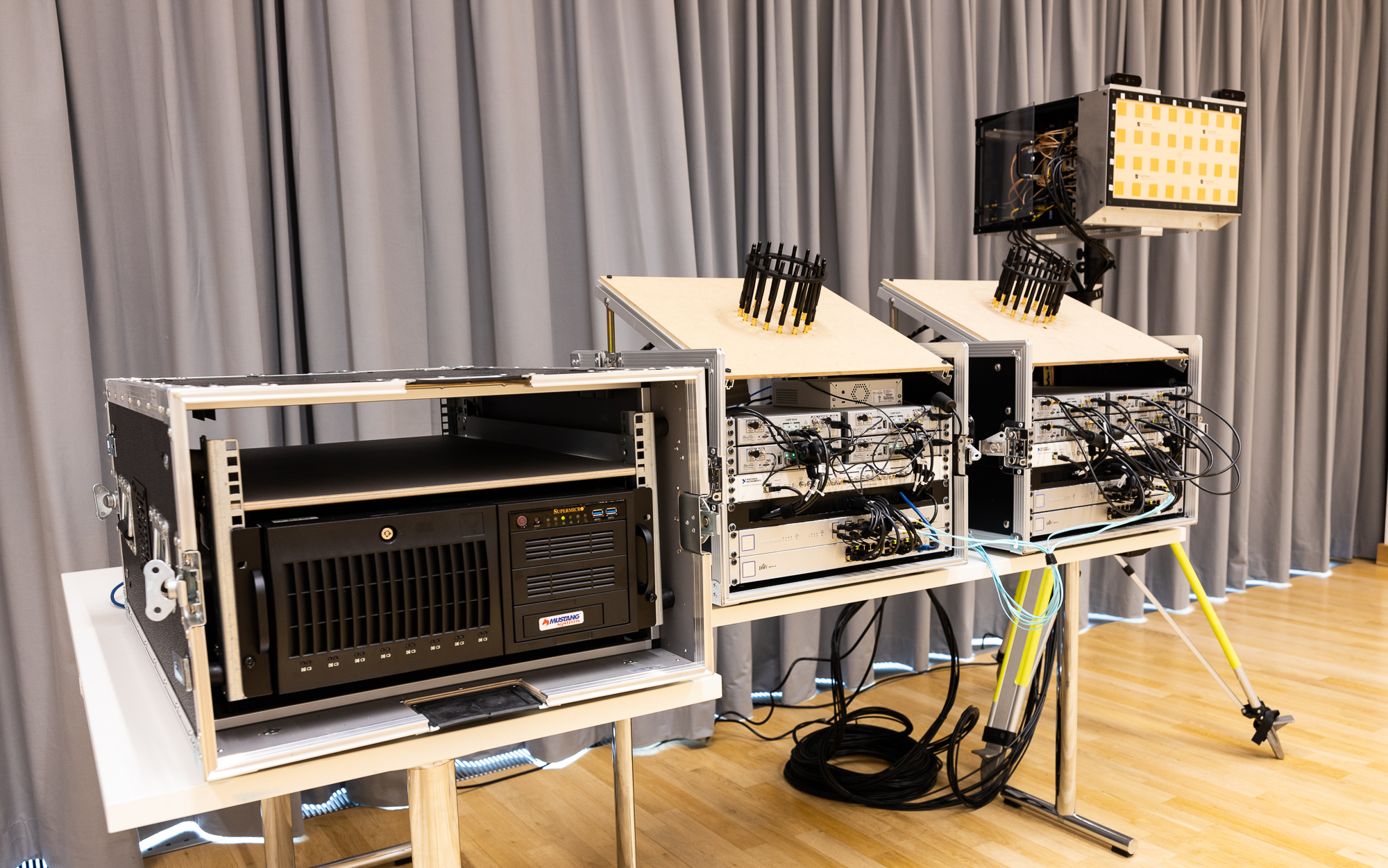Adaptive partial linear beamforming meets the need of 5G and future 6G applications for high flexibility and adaptability. Choosing an appropriate tradeoff between conflicting goals opens the recently proposed multiuser (MU) detection method. Due to their high spatial resolution, nonlinear beamforming filters can significantly outperform linear approaches in stationary scenarios with massive connectivity. However, a dramatic decrease in performance can be expected in high mobility scenarios because they are very susceptible to changes in the wireless channel. The robustness of linear filters is required, considering these changes. One way to respond appropriately is to use online machine learning algorithms. The theory of algorithms based on the adaptive projected subgradient method (APSM) is rich, and they promise accurate tracking capabilities in dynamic wireless environments. However, one of the main challenges comes from the real-time implementation of these algorithms, which involve projections on time-varying closed convex sets. While the projection operations are relatively simple, their vast number poses a challenge in ultralow latency (ULL) applications where latency constraints must be satisfied in every radio frame. Taking non-orthogonal multiple access (NOMA) systems as an example, this paper explores the acceleration of APSM-based algorithms through massive parallelization. The result is a GPU-accelerated real-time implementation of an orthogonal frequency-division multiplexing (OFDM)-based transceiver that enables detection latency of less than one millisecond and therefore complies with the requirements of 5G and beyond. To meet the stringent physical layer latency requirements, careful co-design of hardware and software is essential, especially in virtualized wireless systems with hardware accelerators.
翻译:适应性部分线性光束成型符合5G和未来6G应用程序对高灵活性和适应性的需求。 选择冲突目标之间的适当权衡,可以打开最近提议的多用户(MU)检测方法。 由于其空间分辨率高, 非线性光束过滤器可以大大优于固定情景中的线性方法, 且具有巨大的连通性。 但是, 在高流动性情景中, 性能预期会大幅下降, 因为它们很容易受到无线频道的变化。 需要线性过滤器的坚固性能, 考虑这些变化。 适当应对的一种方法是使用在线机器学习算法。 基于适应性预测性静态次升级方法的算法理论是丰富的, 它们承诺在动态无线环境中进行准确的跟踪能力。 然而,主要挑战之一是实时实施这些算法, 包括时间变化性封闭式锥体组合的预测。 预测操作相对简单, 其大量内部硬度( ULLL) 应用程序在超低透明性硬性硬性硬性( ) 需要在每个无线电框中满足软性硬性限制 。 因此, 以非直径性硬性硬性硬性硬性硬性硬性硬性硬性硬性硬性硬性硬性硬性硬性硬性硬性硬性硬性硬性硬性硬性硬性硬性硬性硬性硬性硬性硬性硬性硬性硬性硬性硬性硬性硬性硬性硬性硬性硬性硬性硬性硬性硬性硬性硬性硬性硬性硬性硬性硬性硬性硬性硬性硬性硬性硬性硬性硬性硬性硬性硬性硬性硬性硬性硬性硬性硬性硬性硬性硬性硬性硬性硬性硬性硬性硬性硬性硬性硬性硬性硬性硬性硬性硬性硬性硬性硬性硬性硬性硬性硬性硬性硬性硬性硬性硬性硬性硬性硬性硬性硬性硬性硬性硬性硬性硬性硬性硬性硬性硬性硬性硬性硬性硬性硬性硬性硬性硬性硬性硬性硬性硬性硬性硬性硬性硬性硬性硬性硬性硬性硬性硬性硬性硬性

